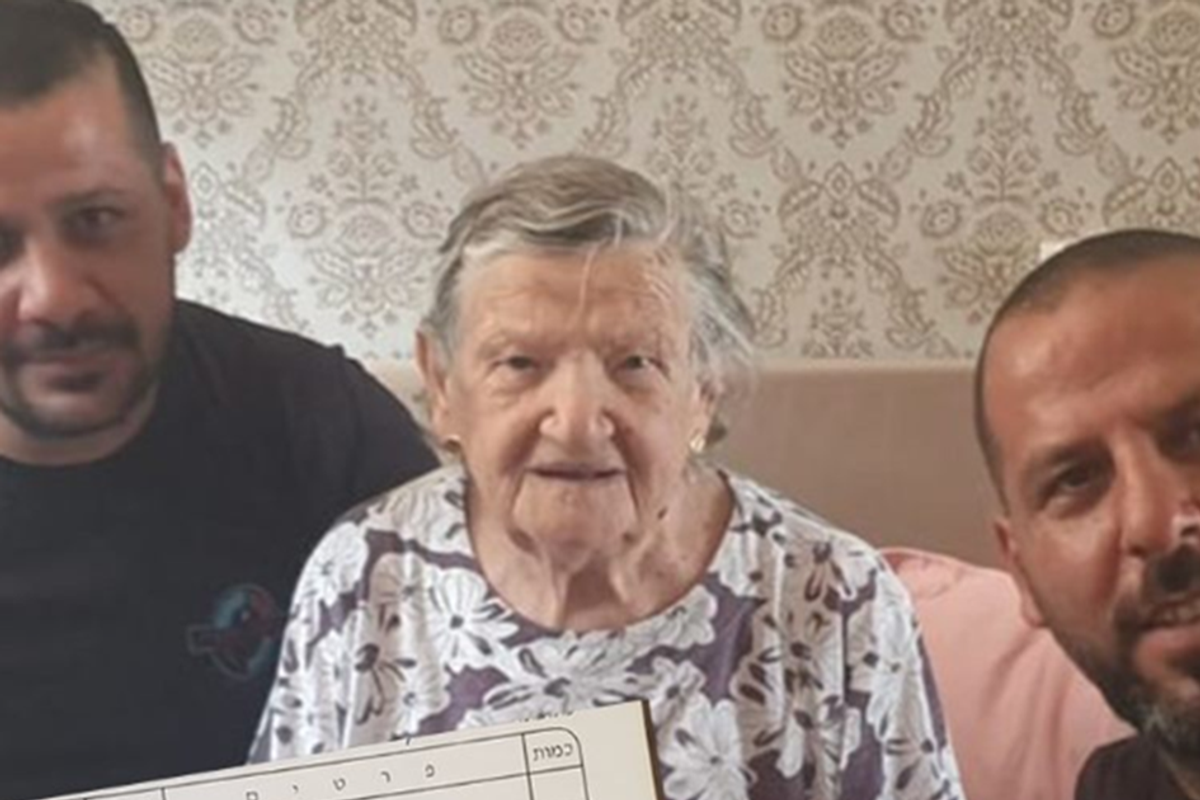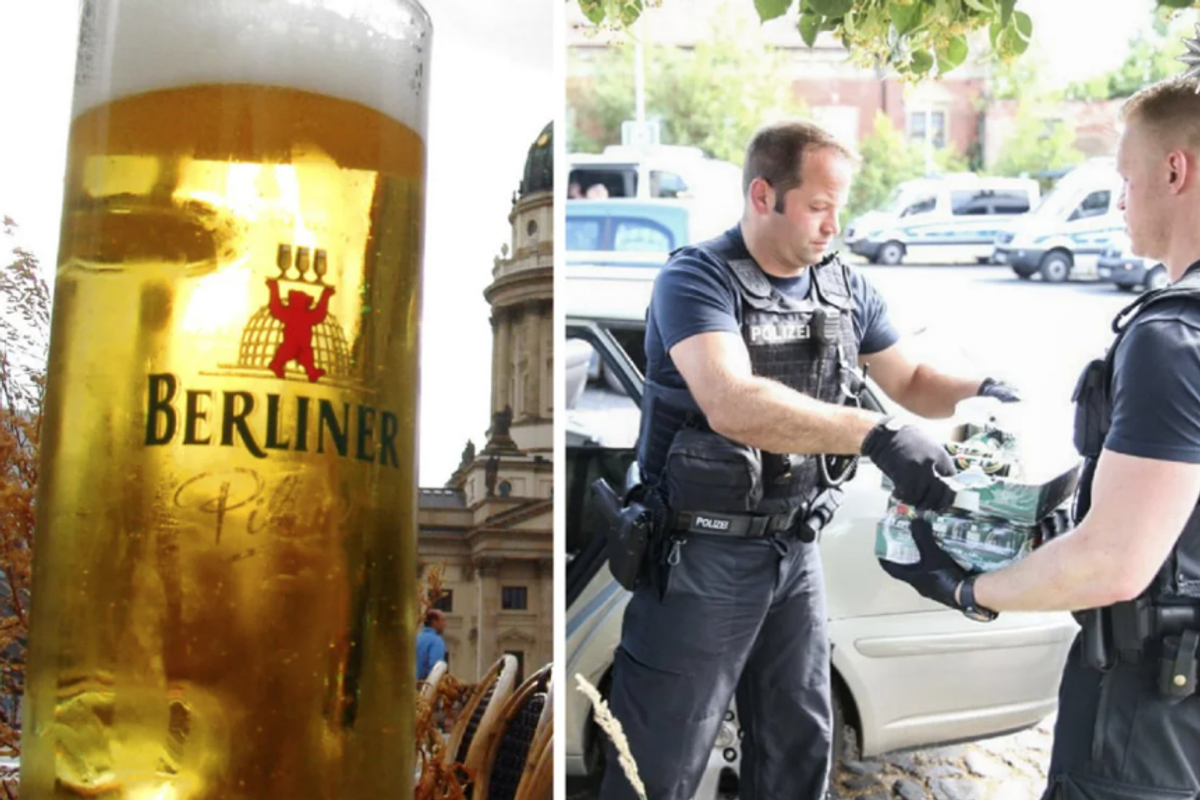When Heather Campbell-Lieberman first applied to teach at Lakota East High School in Ohio, she had one request:
She needed the school to let her students give away a thousand dollars.
In her previous teaching position, Campbell-Lieberman had incorporated the values of Magnified Giving into her curriculum. The Ohio-based organization inspires and engages students around philanthropy by offering them a $1,000 grant to give away to the charity of their choice. Alumni of the program have even gone on to work in the Ohio State House.
But each school only gets one grant per year, which means the students have to work together to decide the best way to spend it. That's where the education part comes in.

The celebrated stories of student philanthropy typically come from private schools and honor roll programs. But the students at Lakota East don't fit into those categories.
Cambell-Lieberman was hired to teach a course called English & Connections, which she describes as a kind of applied hybrid of life skills and writing, reading, and storytelling that caters to at-risk students — those who come from low-income or undersupported families or who struggle with disabilities or other marginalized identities. (Other Magnified Giving programs have engaged students with autism as well.)
"Many of the population in my classes are students who are typically served by nonprofits, so it's a whole different mindset for them to get in a place to be on the giving end," she explains. "You get to kind of turn it around and say 'You have something to give,' whether that's your time, your talent, or your treasure."
Photo by Heather Campbell-Lieberman.
Magnified Giving allows Campbell-Lieberman's students to apply lessons from English and life skills in one project.
Each student in Campbell-Lieberman's three class sections spends four months working on a research paper about a charity of their choice. Then they pitch their case in a class presentation. In order to succeed, students need to explore things like overhead costs, operating budgets, volunteer arrangements, and more: Where is this money going, and what's it being used for?
Students vote on the best presentation in each class, and representatives from the three winning organizations are then invited to an assembly to speak directly to the students and explain why, exactly, their charity deserves the funds.
"Whether or not their agency is selected by the classes, the students are informing their peers about the power and impact of that agency. So they take a lot away from that opportunity," Campbell-Lieberman says. "It's something personal they can research and ultimately have an impact on."
A student activity involving empathy for people with disabilities. Photo by Heather Campbell-Lieberman.
The most remarkable part? The students almost always end up picking projects that have directly helped their fellow students.
A lot of Campbell-Lieberman's students spend their time at the local teen community center, and technically, they could put that thousand dollars toward a renovated basketball court or a cutting-edge computer lab for everyone to enjoy — you know, something fun and enjoyable and still technically nonprofit.
But that's not what happens, Campbell-Lieberman says. "Almost always, the students have ultimately selected a charity that one of the students has benefitted from."
She lists a cascade of examples: a student who pitched a homeless shelter at the local Ronald McDonald House, without telling the class they had lived there themselves; cancer charities that bonded the class through shared tragedy; mental health care initiatives; and this past year, a nearby support center for victims of domestic violence.
Campbell-Lieberman goes on to explain that, "The at-risk population sometimes has more experience with these things, and so it's a highly personal connection for them, and a huge shift to be able to give back to agencies that have impacted their lives in a significant way."
Photo by Heather Campbell-Lieberman.
The takeaway is clear: Teens really do care about their communities. They just need a chance to make an impact.
That's why, after eight years of success with Magnified Giving, Campbell-Lieberman is stepping out of the classroom and into the role of a teaching coach, helping other educators launch these kinds of interdisciplinary philanthropy curriculums in their own schools and communities.
"I think the real issue in creating new philanthropists is for people to understand that everyone can contribute to the betterment of their community and their society, and you don't have to be wealthy and you don't have to have money in your pocket to make that happen," she says.
"The more we can do that and connect with kids who would not volunteer for the philanthropy club, would not be in national honor society, the more difference we can make."
Interested in Magnified Giving? Learn more (or consider making a donation).



 TikTok · Ale
TikTok · Ale
 Autumn created this piece when she was just 5 years old.Autumn de Forest
Autumn created this piece when she was just 5 years old.Autumn de Forest  Autumn de Forest paints Autumn de Forest
Autumn de Forest paints Autumn de Forest  An Autumn de Forest paintingAutumn de Forest
An Autumn de Forest paintingAutumn de Forest 
 Autumn de Forest stands with the Pope who looks at one of her paintings Autumn de Forest
Autumn de Forest stands with the Pope who looks at one of her paintings Autumn de Forest 


 Phone charging.
Phone charging. bill nye chemistry GIF by NETFLIX
bill nye chemistry GIF by NETFLIX 
 The Memorial to the Murdered Jews of EuropeBy Alexander Blum - Own work, CC BY-SA 4.0
The Memorial to the Murdered Jews of EuropeBy Alexander Blum - Own work, CC BY-SA 4.0 Move over, Mario Brothers.
Move over, Mario Brothers. 